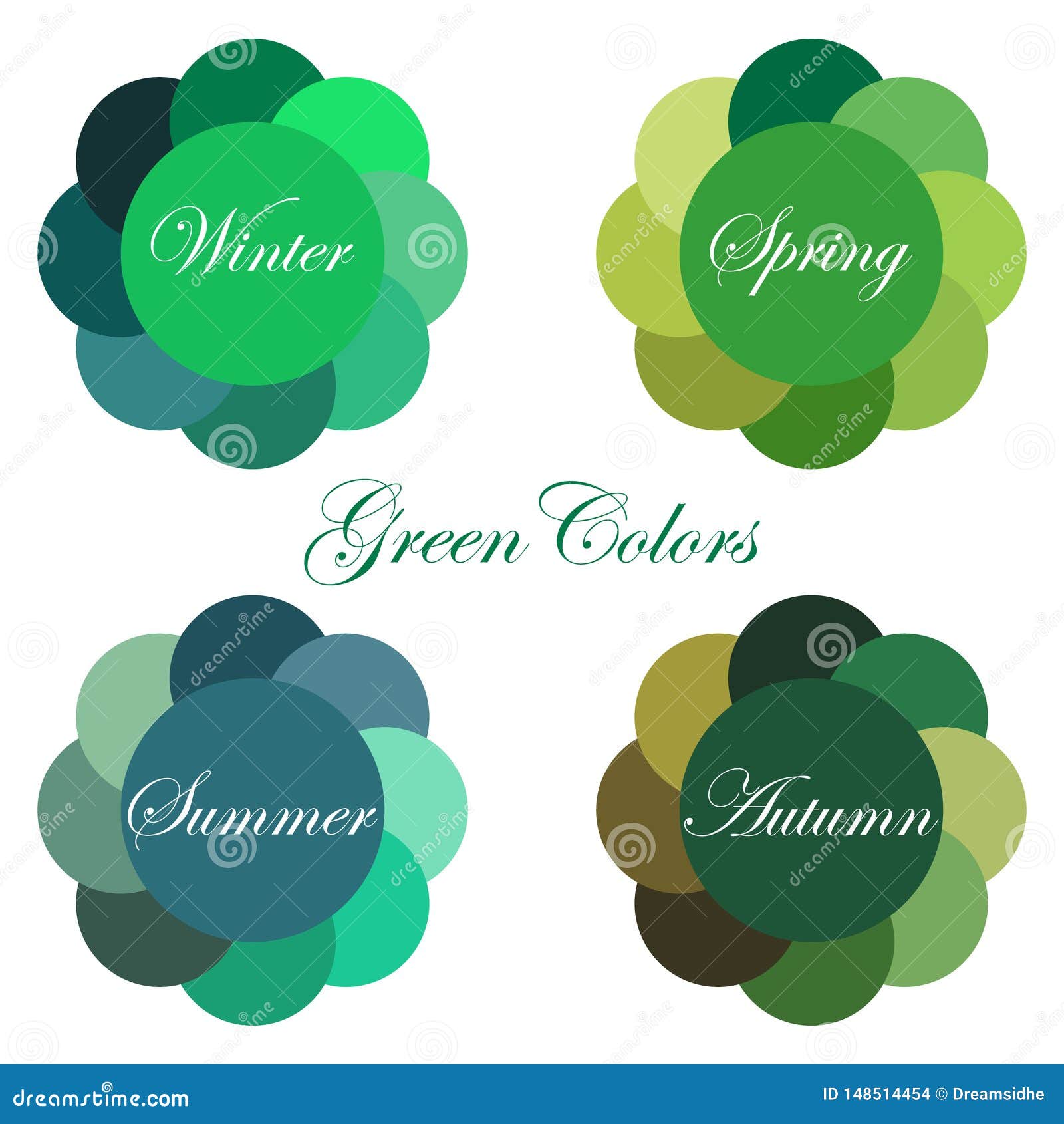Hey there, color enthusiast! If you've ever wondered why certain outfits make you glow while others make you look washed out, you're in the right place. The world of 16 seasonal color analysis is here to help you figure out your true colors and boost your confidence like never before. This isn't just about fashion; it's about finding harmony between your skin tone, hair, and eyes. So, let's dive into the vibrant world of colors and uncover the magic behind this incredible system!
Now, I know what you're thinking—color analysis sounds complicated, right? But trust me, it's simpler than you think. The 16 seasonal color system takes the classic four-season approach and expands it to give you more precise and personalized results. Instead of being boxed into just "Spring" or "Winter," you'll discover a broader range of options that truly reflect your unique coloring. Ready to find out more?
Let's be honest—most of us have made fashion mistakes. We've all worn that shirt or dress that just didn't work, no matter how much we loved it in the store. But with the 16 seasonal color analysis, you'll never have to guess again. This method helps you identify the exact shades that flatter you, saving you time, money, and frustration. So, are you ready to transform your wardrobe and elevate your style game? Let's get started!
What is 16 Seasonal Color Analysis?
The 16 seasonal color analysis is a modern twist on the classic color theory that helps you determine the best colors for your complexion, hair, and eye color. It breaks down the color spectrum into 16 distinct palettes, each tailored to specific undertones and characteristics. Unlike the traditional four-season system, this approach offers a more nuanced and accurate way to identify your personal colors.
In this section, we'll explore the basics of how the 16 seasonal color analysis works and why it's become a go-to tool for stylists, makeup artists, and fashion enthusiasts alike. By understanding the fundamentals, you'll be better equipped to make informed decisions about your wardrobe and beauty choices.
Here are some key points to keep in mind:
- It's based on the concept of seasonal palettes, but with more variety.
- Each palette is designed to complement specific undertones and features.
- It's not just about clothing—it applies to makeup, accessories, and even home decor.
Why Should You Care About Seasonal Color Analysis?
Let's talk about why this matters. Have you ever noticed how some people seem to effortlessly rock every outfit they wear? Chances are, they've tapped into their personal color palette. When you wear colors that suit you, you naturally look healthier, more radiant, and more confident. On the flip side, wearing the wrong colors can make you look tired, washed out, or even older than you are.
Seasonal color analysis isn't just about aesthetics—it's about self-expression. By embracing the colors that resonate with you, you're sending a powerful message about who you are and how you want to be seen. Whether you're dressing for work, a special occasion, or just running errands, the right colors can elevate your entire vibe.
Benefits of Knowing Your Seasonal Colors
So, what exactly do you gain from understanding your seasonal colors? Here are a few benefits:
- Confidence Boost: Wearing the right colors makes you feel unstoppable.
- Time-Saving: No more staring at your closet, wondering what to wear.
- Money-Saving: You'll only buy pieces that truly suit you, reducing waste.
- Personalized Style: Your wardrobe will reflect your unique personality.
Imagine walking into a room and turning heads because your outfit perfectly complements your natural features. That's the power of seasonal color analysis!
Breaking Down the 16 Seasonal Color Palettes
Now that we've covered the basics, let's dive deeper into the 16 seasonal color palettes. Each palette is named after a season and a descriptive term that reflects its characteristics. Here's a quick rundown:
- Spring: Warm and bright tones that bring energy and vibrancy.
- Summer: Soft and muted shades that exude calmness and elegance.
- Autumn: Rich and earthy hues that feel warm and inviting.
- Winter: Bold and dramatic colors that make a statement.
Within each season, there are four subcategories that offer even more specificity. For example, Spring includes:
- Light Spring
- Bright Spring
- Warm Spring
- Deep Spring
These subcategories ensure that everyone can find their perfect match, no matter how unique their coloring is.
How Are the Palettes Determined?
The palettes are determined by analyzing three main factors:
- undertone: Whether your skin has warm, cool, or neutral undertones.
- Value: How light or dark your complexion is.
- Chroma: The intensity or saturation of your features.
By considering these elements, the 16 seasonal color analysis creates a comprehensive profile that reflects your individuality.
How to Find Your Seasonal Colors
Ready to discover your true colors? Here's a step-by-step guide to help you identify your seasonal palette:
Step 1: Assess Your Undertone
Your undertone is the base color of your skin, and it plays a crucial role in determining your seasonal colors. To figure out your undertone, try this simple test:
- Look at the veins on the inside of your wrist. If they appear blue or purple, you likely have cool undertones. If they look greenish, you probably have warm undertones.
- Wear a white shirt and notice how it interacts with your skin. Cool undertones tend to look better with blue-based whites, while warm undertones favor yellow-based whites.
Step 2: Evaluate Your Value
Your value refers to the lightness or darkness of your skin. This can range from very fair to deep, and it influences which colors will look most flattering on you. For example, lighter skin tones often look great with pastel shades, while deeper skin tones can rock vibrant and bold colors.
Step 3: Determine Your Chroma
Chroma refers to the intensity of your features, including your hair, eyes, and skin. High chroma individuals have bold, striking features, while low chroma individuals have softer, more muted characteristics. Understanding your chroma helps you choose colors that enhance your natural beauty.
Common Misconceptions About Seasonal Color Analysis
There are a few myths floating around about seasonal color analysis that we need to clear up:
- Myth #1: You can only wear colors from your seasonal palette. Actually, you can incorporate other colors, but your seasonal shades should form the foundation of your wardrobe.
- Myth #2: This system is only for women. Wrong! Men can benefit from seasonal color analysis too, especially when it comes to suiting and accessories.
- Myth #3: Your palette never changes. While your core palette remains consistent, you can experiment with variations based on trends and personal preferences.
By dispelling these myths, you can fully embrace the flexibility and creativity that seasonal color analysis offers.
Expert Tips for Maximizing Your Seasonal Colors
Once you know your seasonal colors, here's how to make the most of them:
Tips for Clothing
When shopping for clothes, prioritize pieces in your seasonal shades. Look for:
- Solid colors that match your palette.
- Patterns that incorporate your signature hues.
- Accessories that complement your main colors.
Tips for Makeup
Your makeup should enhance your natural features, not clash with them. Choose:
- Lipsticks and blushes that align with your seasonal tones.
- Eyeshadows that highlight your eye color.
- Foundations and concealers that match your undertone.
Tips for Hair
If you're considering a hair color change, consult your seasonal palette to find shades that flatter you. For example, warm seasons might look great with golden highlights, while cool seasons could rock ashy tones.
Real-Life Examples of Seasonal Color Analysis
Let's take a look at a few real-life examples to see how seasonal color analysis works in practice:
Case Study #1: Sarah
Sarah has warm undertones, medium skin value, and high chroma. After a color analysis, she discovered that she belongs to the Warm Autumn palette. Now, she fills her wardrobe with rich, earthy tones like rust, olive, and copper. Her makeup routine includes warm-toned foundations and bronzy eyeshadows, which enhance her natural glow.
Case Study #2: Michael
Michael has cool undertones, fair skin, and low chroma. His seasonal palette is Soft Winter, which features icy blues, silvers, and soft grays. He incorporates these colors into his suits, ties, and accessories, creating a polished and professional look.
Where to Get a Professional Color Analysis
While you can do a DIY color analysis, nothing beats the expertise of a professional. Look for certified color analysts in your area who specialize in the 16 seasonal color system. They'll conduct a comprehensive evaluation and provide you with a personalized color chart that you can refer to whenever you shop.
Conclusion: Embrace Your True Colors
And there you have it—a deep dive into the world of 16 seasonal color analysis. By understanding your personal colors, you can elevate your style, boost your confidence, and make smarter fashion choices. Remember, this isn't about following rigid rules; it's about celebrating your individuality and expressing yourself through color.
So, what are you waiting for? Take the first step toward discovering your true colors and watch your life transform. Share your thoughts in the comments below, and don't forget to check out our other articles for more tips and tricks on fashion and beauty. Your journey to becoming a color expert starts now!



Detail Author:
- Name : Dwight Prosacco II
- Username : oconner.leone
- Email : champlin.brycen@gmail.com
- Birthdate : 1973-03-07
- Address : 9488 Alverta Estate Suite 900 Trystanmouth, WY 49864
- Phone : 812-990-1881
- Company : Miller and Sons
- Job : Producers and Director
- Bio : Dolorum perferendis praesentium non optio deleniti repudiandae vel. Cum dignissimos esse laudantium assumenda aut commodi voluptatem. Doloremque commodi ipsum qui totam.
Socials
tiktok:
- url : https://tiktok.com/@dickensg
- username : dickensg
- bio : Omnis vero ut ut voluptatem esse vel.
- followers : 6494
- following : 2444
facebook:
- url : https://facebook.com/gdickens
- username : gdickens
- bio : Consequatur sunt eos laborum corrupti.
- followers : 2380
- following : 2839
linkedin:
- url : https://linkedin.com/in/gdickens
- username : gdickens
- bio : Error qui ipsum molestiae debitis.
- followers : 3291
- following : 786